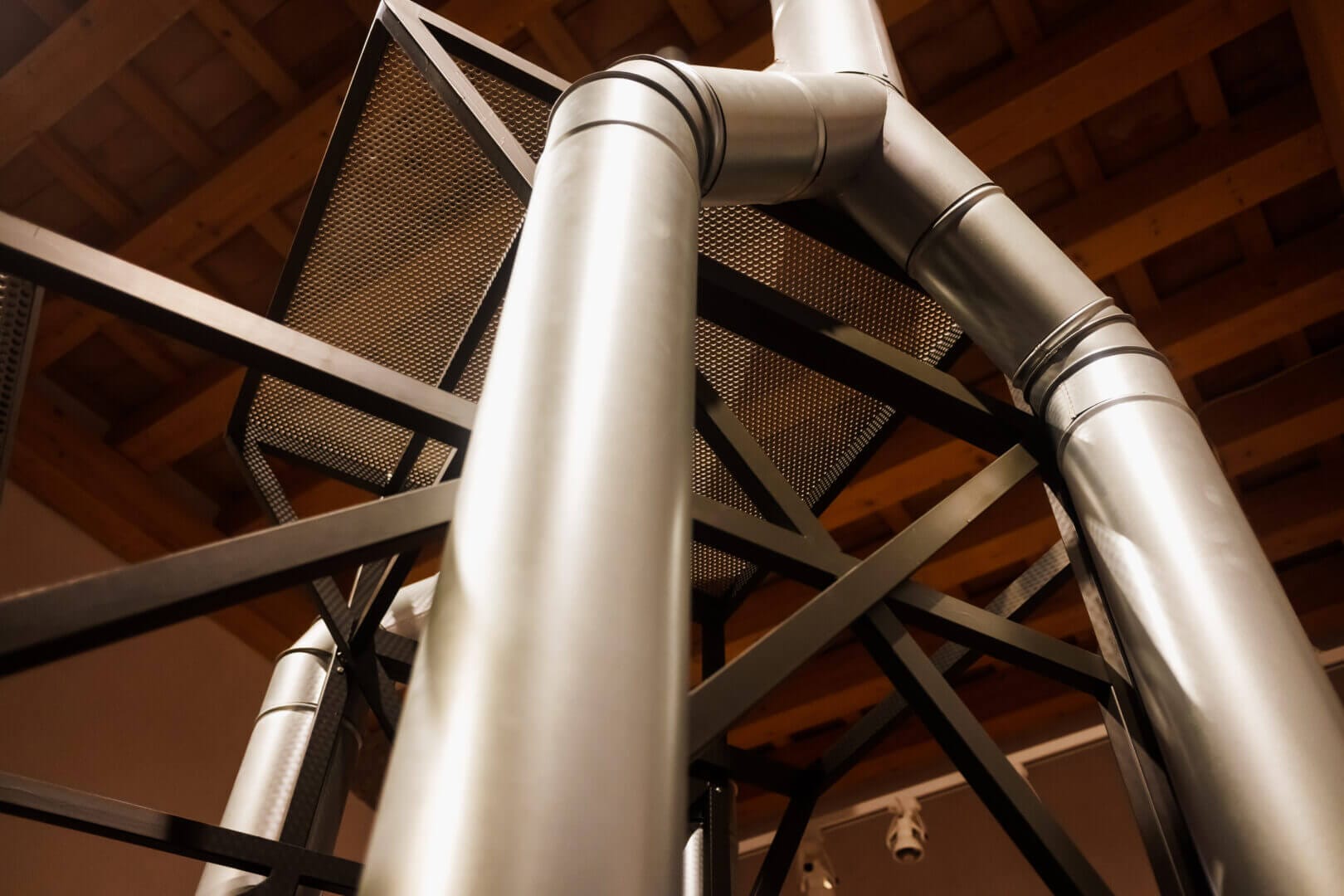In a world where technological integration is revolutionizing even the most basic aspects of living, our home climate control systems are not left behind. Smart home technology is now becoming synonymous with convenience, energy savings, and an overall improved lifestyle. For homeowners keen on contemporizing their living spaces, integrating smart thermostats with HVAC systems is a powerful move towards enhanced efficiency and comfort.
This comprehensive guide is curated for homeowners, tech enthusiasts, and energy savers looking to contribute to a more sustainable future while optimizing their residential temperature management. We’ll explore the world of smart thermostats, the benefits they bring, how they integrate with HVAC systems, and a step-by-step approach to install and choose the right one for you. Beyond that, we’re also taking a glimpse at the trends that are steering the future of home climate control.
Understanding Smart Thermostats and Their Benefits
Smart thermostats are the next generation of climate control devices for homes that provide a range of benefits beyond simply adjusting the temperature. They work by learning your schedule and preferences over time, using this information to automatically optimize your home’s temperature for comfort and efficiency. The introduction of these devices has been nothing short of a revolution in home management technology.
Energy Savings
One of the standout features of a smart thermostat is its ability to save energy. By learning your habits and adjusting the temperature settings accordingly, these devices can significantly reduce heating and cooling expenses in the long run. This is particularly beneficial as energy efficiency and sustainability become increasingly prevalent concerns.
Convenience
The convenience of controlling your home’s climate from your smartphone cannot be overstated. No more returning to a cold house after a long day; a smart thermostat enables you to warm things up while you’re still at the office. The remote access and voice command functionality add an additional layer of ease to your daily routine.
Improved Comfort
Smart thermostats are designed to provide a more comfortable living environment. They can maintain a consistent temperature throughout the day, eliminating the need to fiddle with the controls constantly. This stability contributes to a more enjoyable living space all year round.
The Role of HVAC Integration in Smart Home Systems
Smart thermostats can only reach their full potential when integrated with a high-quality HVAC system that is up to the task. The synergy between these two systems is key to unlocking the highest levels of efficiency and comfort within your home.
Efficiency and Performance
The integration of a smart thermostat with an HVAC system allows for refined control and optimization. These systems can work together to ensure that energy consumption is minimized while providing the necessary heating or cooling to keep your home at a comfortable level.
Data Synchronization
By integrating with the HVAC system, smart thermostats can access more detailed performance data. This enables them to make more informed adjustments, helping to prevent excessive system wear and tear and extend the lifespan of the HVAC unit.
Enhanced Automation
HVAC integration brings with it a new level of automation. Smart thermostats can work with your HVAC system to perform maintenance tasks, such as filter change reminders and in-depth diagnostics, automatically, ensuring that your system remains operational and efficient.
Choosing the Right Smart Thermostat for Your Home
Selecting a smart thermostat that aligns with your home’s requirements and your personal preferences is crucial. Here are the factors you should consider when making your decision.
Compatibility
Not all smart thermostats are compatible with every HVAC system. It’s important to check which models are appropriate for your system setup to avoid any installation or performance issues.
Features
Take a close look at the features offered by different thermostats. Do you prioritize a sleek design, intuitive app control, or advanced scheduling capabilities? Understanding what is essential to you will help narrow down your choices.
Budget
Smart thermostats come at various price points. While the more expensive models may offer additional bells and whistles, a mid-range thermostat might provide all the functionality you need without breaking the bank.
Installation and Set-Up Guide
Installing a smart thermostat involves several steps, but with a bit of DIY knowledge or professional assistance, you can have it set up in no time.
Step-by-Step Installation
Begin by turning off your HVAC system. Remove your old thermostat, being careful to note the wiring setup. Once the new thermostat base is mounted, wire it according to the provided instructions. Lastly, attach the faceplate and power the system to complete the installation.
Setting the Perfect Parameters
Now that your smart thermostat is installed, it’s time to set up the parameters. This includes connecting the thermostat to your home Wi-Fi, downloading the app, and programming your preferred heating and cooling schedule. Remember, the more detailed the schedule, the more personalized the thermostat’s adjustments will be.
Real-Life Applications and Success Stories
The best way to understand the impact of smart thermostats is through real-life applications and success stories.
Energy Bill Savings
Homeowners have reported significant decreases in their energy bills after installing smart thermostats. These savings can be as high as 20% or more, particularly for those who were not previously utilizing a programmable thermostat.
Personal Experiences
Many users find that their homes are consistently more comfortable thanks to the smart thermostat’s ability to maintain a stable temperature. The added convenience of remote access and voice control further enhances the user’s experience.
Future Trends in Smart Home Climate Control
The smart thermostat industry is constantly evolving as new technologies emerge. Keeping an eye on these trends can help you stay ahead of the game.
Integration with AI and IoT
Smart thermostats are increasingly becoming part of larger AI and IoT ecosystems, allowing for more seamless and personalized climate management. Expect to see even more sophisticated interactions between devices in the near future.
Sustainability Features
The environmental impact of home climate systems is a growing concern. Smart thermostats of the future will likely include more sustainability features, such as the ability to monitor and reduce the home’s carbon footprint.
Enhanced User Experience
Streamlined interfaces, smoother control, and even more tailored usage patterns will make the next generation of smart thermostats even more user-friendly and beneficial to homeowners.
In conclusion, the integration of smart thermostats with HVAC systems embodies the perfect harmony between technology and necessity. The benefits extend beyond modern convenience to significant energy savings and a greener approach to living. By understanding the role of smart thermostats, navigating the selection process, and getting hands-on with installation, you can optimize your home’s climate control in ways that were once the stuff of science fiction. The future is here, and it’s all about smarter, cleaner, and more comfortable living spaces.





